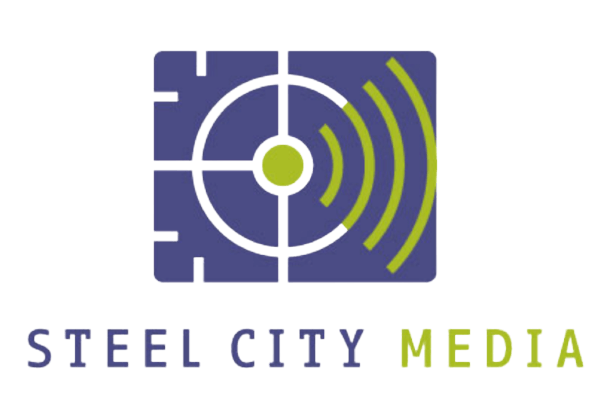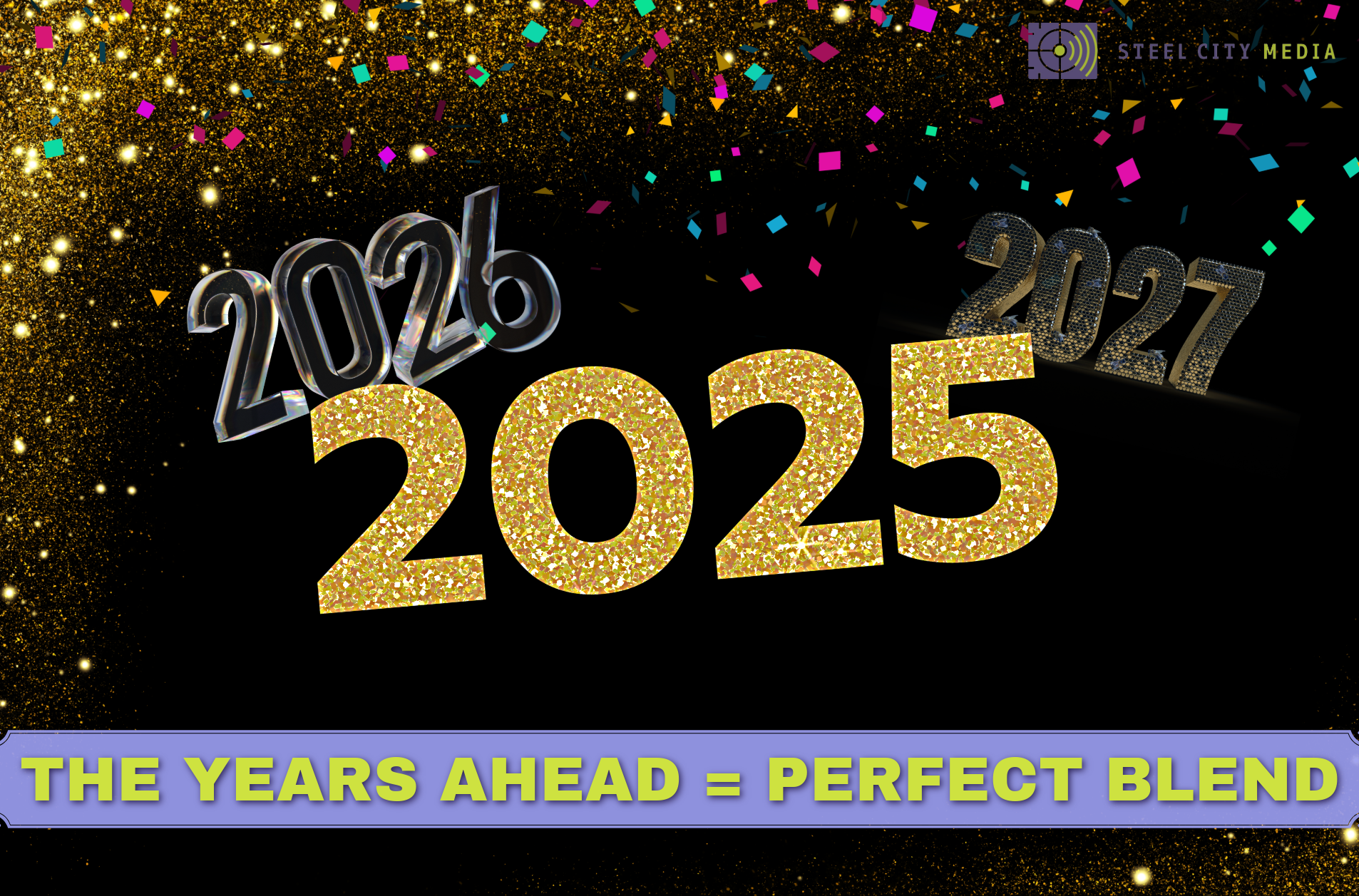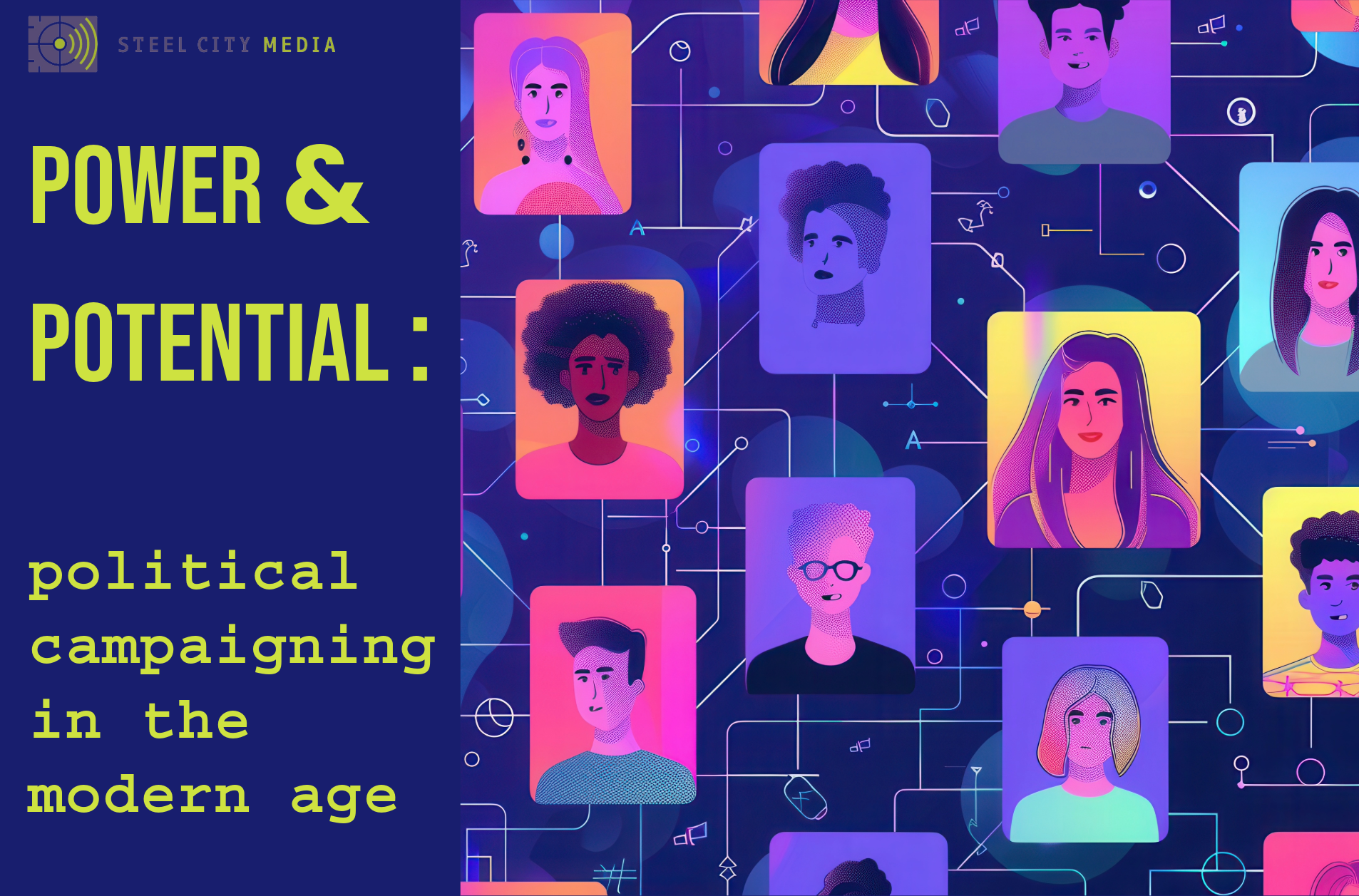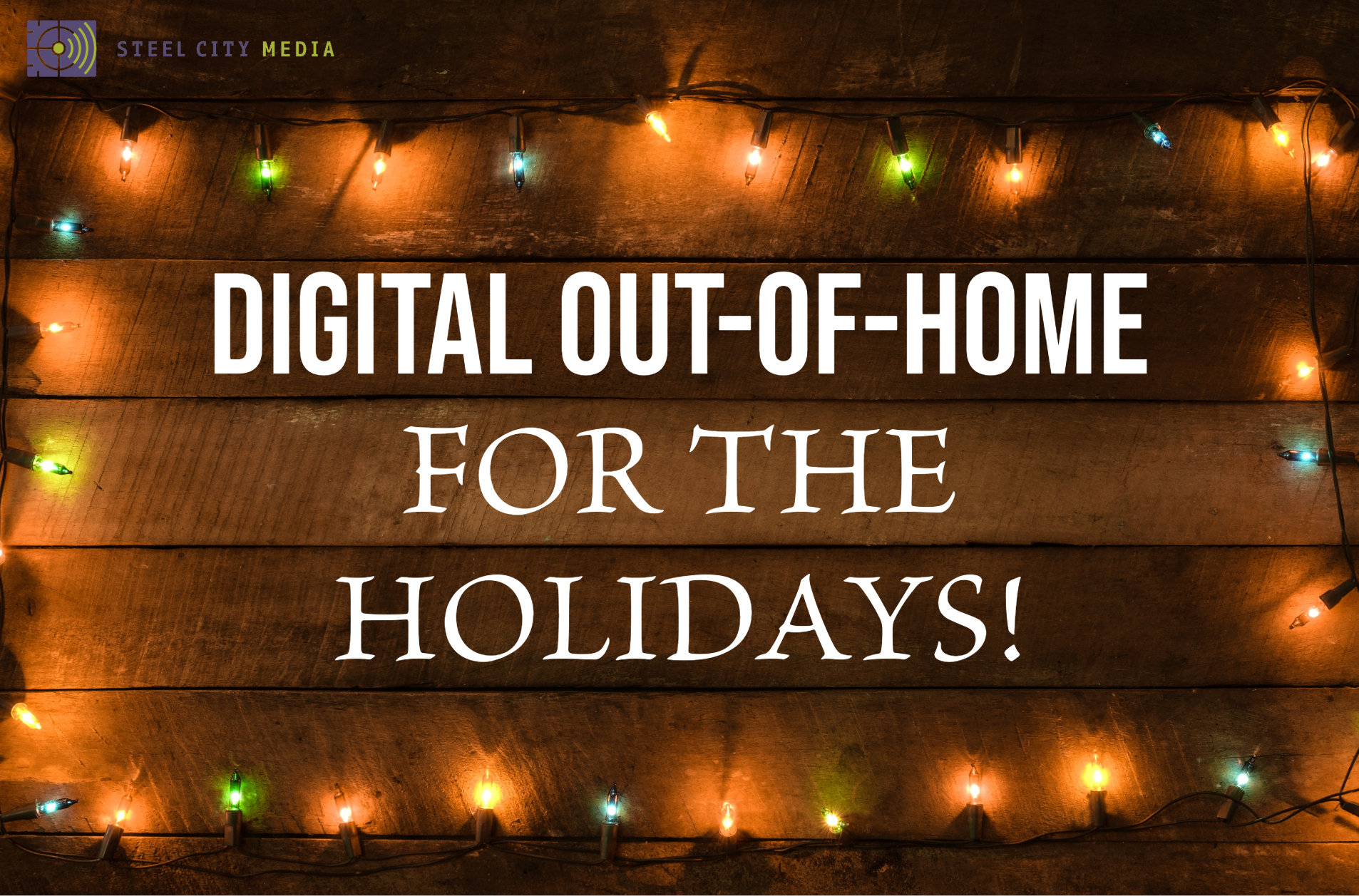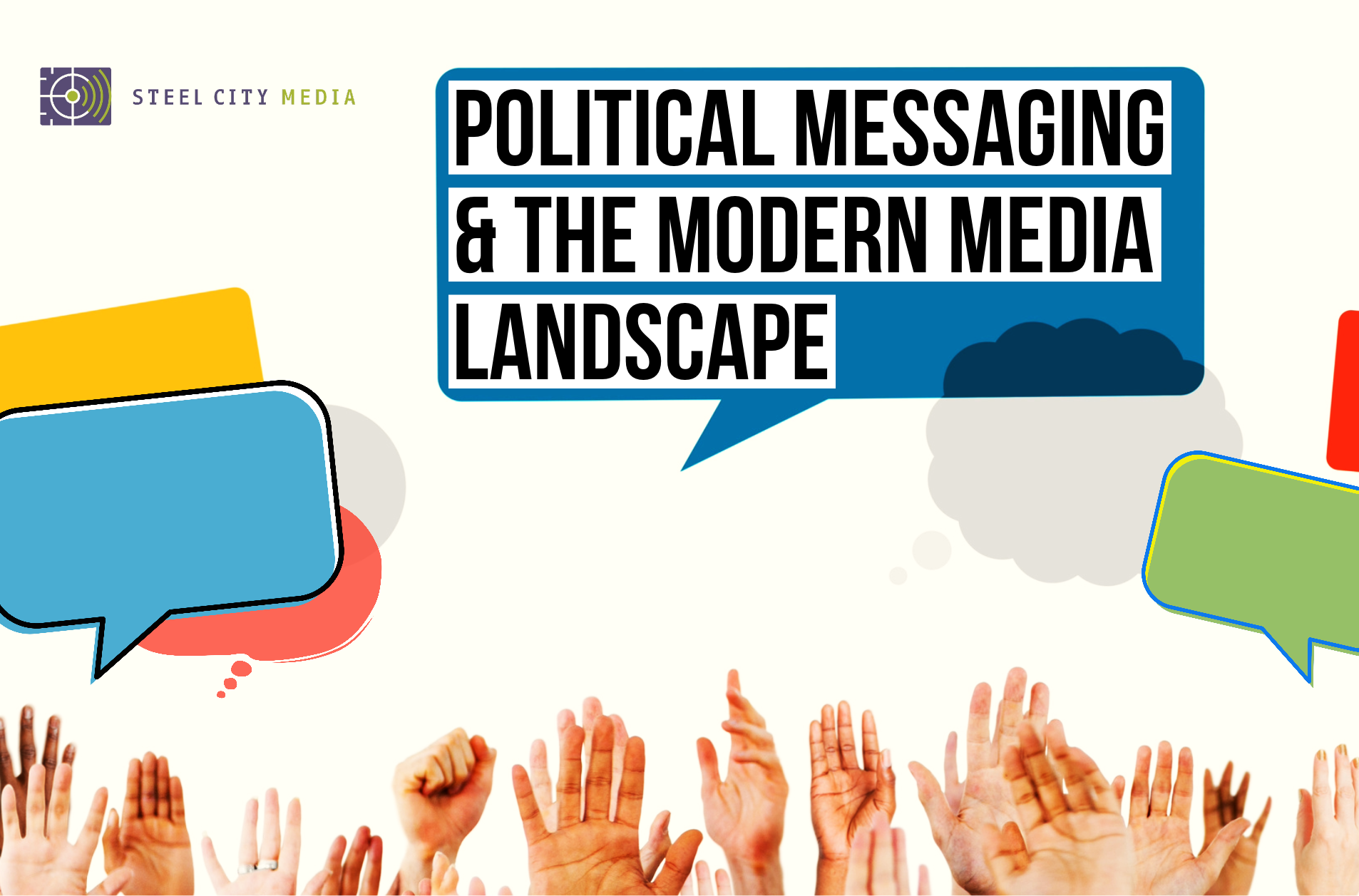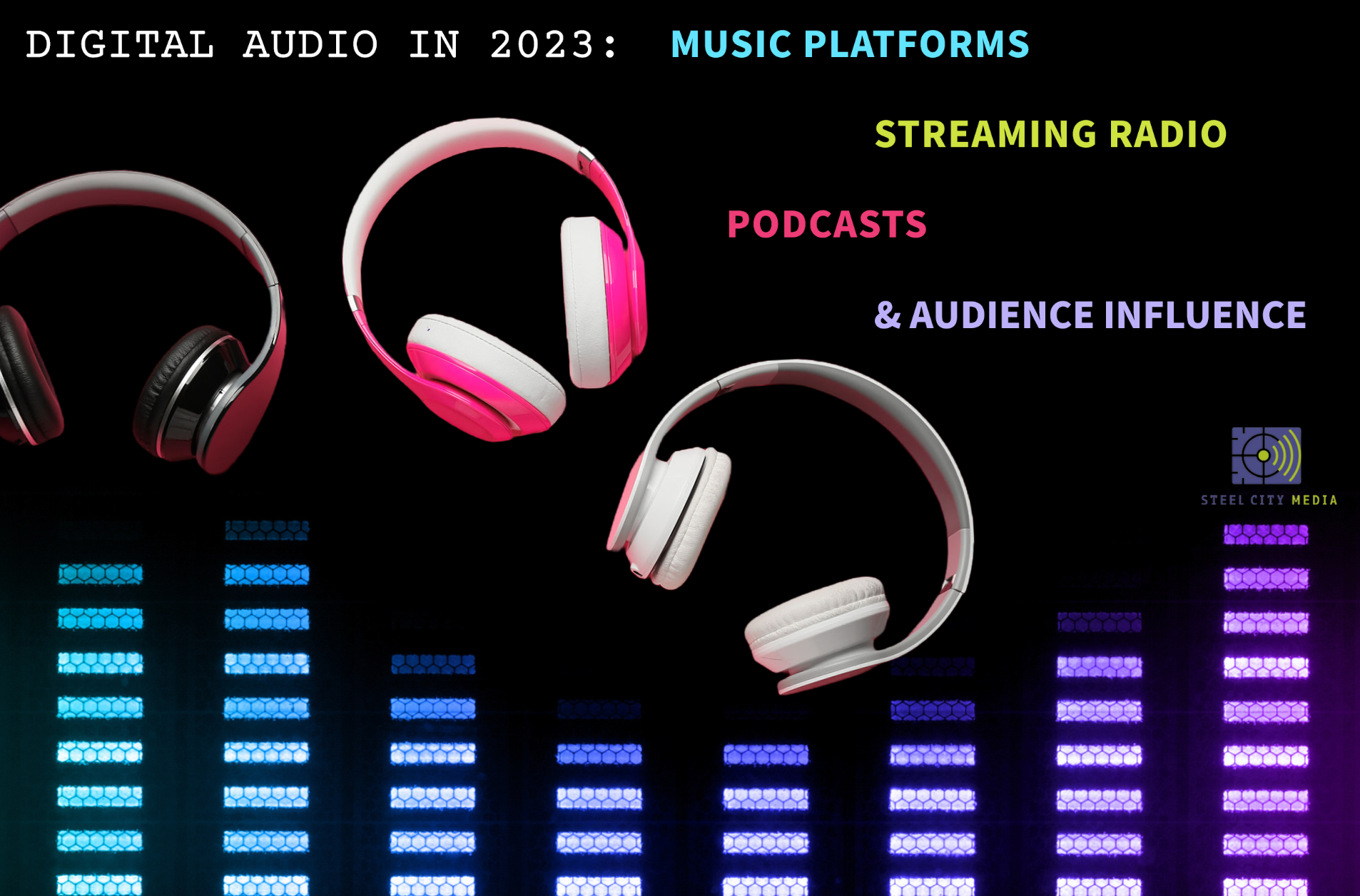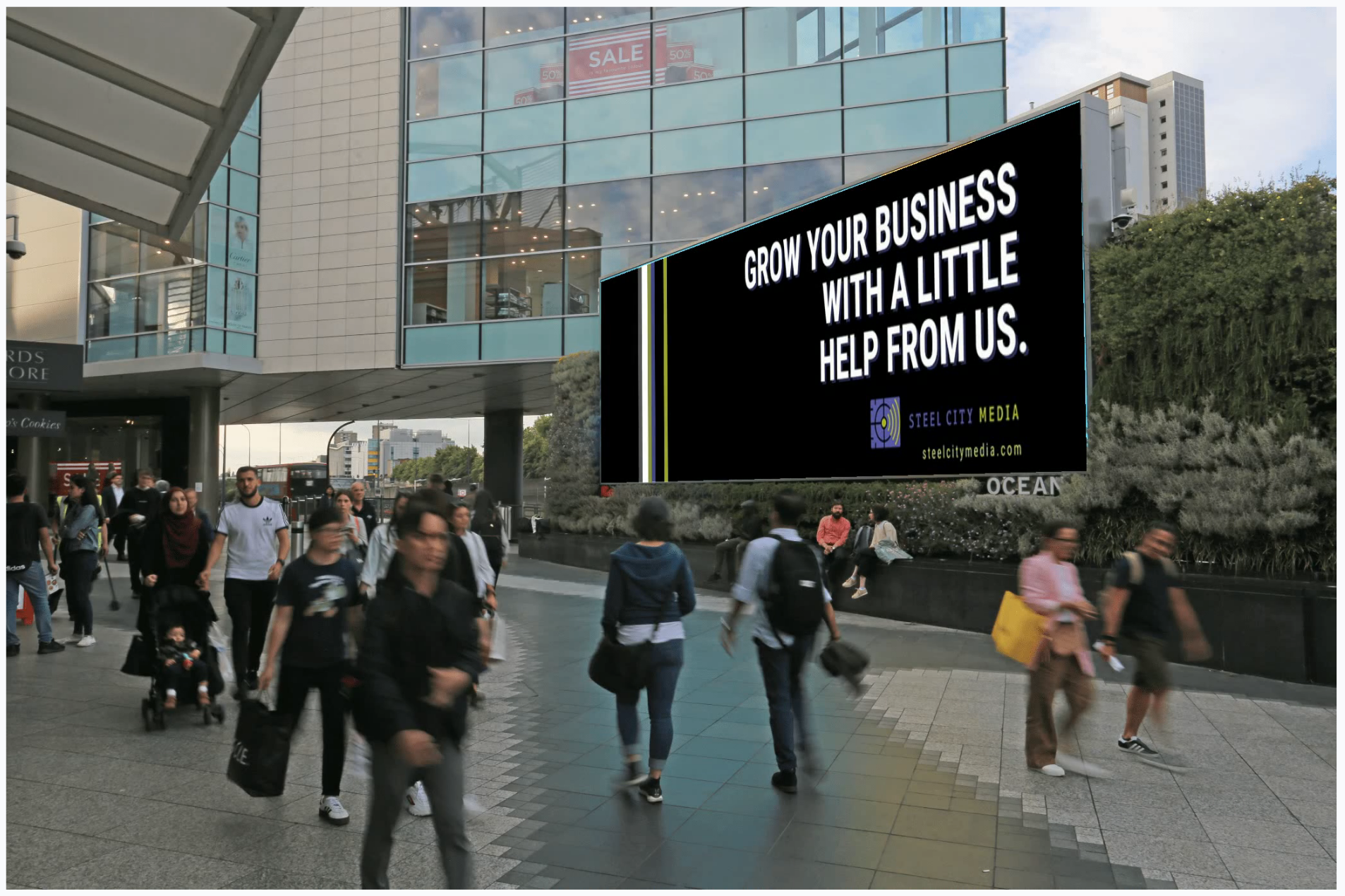
TOURISM MARKETING: GETAWAYS & GETTING THE WORD OUT
April 28, 2023 | Katelynd Gibbons
Going on vacation is a joyful experience, but planning for a vacation can be rife with stressful decisions. Even figuring out where you want to go and what type of activities to plan can sometimes be overwhelming, so when a business invests in strategic advertising, it can be a true win-win for the consumer and the company! This is especially true around this time of year, when people want to plan the specifics of a summer trip and could benefit from receiving some well-targeted inspiration. Some people may keep the same summer vacation year after year, while others crave something novel and new; in either case, there are always additional factors, like where to stay, what sites to visit, what kinds of activities to book, where to eat, and so much more that come into the picture. That means there is a wide range of businesses that benefit from thinking about vacationers and tourism marketing. Tourism marketing is about promoting travel destinations, attractions, products, and services to potential customers. The goal is to generate interest, awareness, and demand, while at the same time providing valuable information and incentives to potential visitors. It’s essentially about creating a call-to-action for fun!
Tourism marketing can encompass a wide range of tactics and strategies, including traditional advertising on radio or television, targeted programmatic display, social media marketing, email marketing, digital-out-of-home marketing, and much more. Delivery should be targeted to specific locations, demographics, or interest profiles. The strategy should be tailored to a target audience to take into account what type of vacations they may be interested in. For example, families may be interested in all-inclusive resorts or theme parks, while adventure seekers may prefer outdoor activities like hiking or kayaking. People usually indulge a bit on vacation, so they may spend more freely or plan extra padding into their budget to allow for exciting activities or special purchases. According to a survey conducted by Bankrate, the average American spends around $2,000 per year on vacation.[1]
Successful tourism marketing involves a strong understanding of the target audience's needs, preferences, and behaviors, as well as an understanding of the unique selling points and competitive advantages of what is being promoted. By crafting compelling messaging and delivering them through the right channels at the right times, businesses can drive engagement, bookings, and even cultivate return loyalty among travelers. The best times to promote tourist destinations or activities are ahead of the peak travel periods when people are in the frame of mind to plan and book vacations. In general, vacationers want to have getaway trips between Memorial Day in late May and Labor Day in early September, and average lead time for booking a vacation is around 45 days. So, springtime can be a prime time for tourism and vacation businesses to invest in advertising. The timing of vacation bookings can vary depending on individual preferences and circumstances, but peak travel season and early booking are typically the most popular timing trends among American travelers.[2]
No matter the exact month or type of trip being planned, there are many distinct destinations that are perfect for tourism marketing. Some of the top examples include beaches (a true classic, ideal for travelers looking for relaxation or activities like water sports), theme parks (most popular among families, thrill seekers, and fans of popular media franchises), national parks (perfect for outdoor enthusiasts and those interested in conservation and environmentalism), cultural & historical sites (especially popular among history buffs and those looking to uncover authentic stories that inspire and educate), wine regions (great for elevated food and drink experiences with sophisticated style), and even city centers (vibrant nightlife and urban charm can prove to be very popular for immersive getaways). No matter the specific getaway spot, the key to effective tourism marketing is to identify the unique features and attractions of a destination and tailor the messaging to appeal to the target audience. With any of the above categories of destinations, additional options like restaurants, bars, music venues, museums, recreational activities, and so much more would fall within the realm of tourism marketing.
Businesses can even advertise staycations! In fact, promoting local or regional staycations can be a great strategy for businesses in many industries, particularly those that rely on local buzz or offer products and services that align with leisure or relaxation. Bed & breakfast spots, spas, boutique shops, restaurants, bars, theaters, and sporting events can take advantage of the vacation/staycation mindset by promoting the best of what is right nearby, offering special local discounts or promoting their unique offerings, happy hours, themed events, and other attractions. Even transportation companies can get in on the fun by promoting the ease of navigating around the area through guided tours or shuttle services. People who have been living in the same city for years may not even know some of the great history or exceptional activities that are waiting at their doorstep, so promoting staycations can be a brilliant approach to strengthening local business and expanding the customer base. Overall, advertising staycation ideas can be a smart strategy for businesses that want to attract local customers, build loyalty, and generate revenue during slow periods or off-seasons. By tailoring their messaging and promotions to the needs and interests of staycationers, businesses can create a compelling value proposition and establish themselves as go-to destinations for leisure and relaxation without the more intense planning of a far-away getaway.
Some other important thoughts to keep in mind are what the vacation consumer looks like for different destinations and different travel styles. For instance, family vacations often involve activities that revolve around the children, plus a lot of all-ages options to keep everyone entertained. Romantic getaways for couples would look much different. Different still are the group travel plans (think “girls’ trips” or bachelor/bachelorette parties). Below are some of the most insightful findings from surveys about trends in travel:
- 80% of consumers plan to take at least one leisure trip in 2023, with 54% planning more than one trip within the year.[3]
- 39% of American women were planning girls’ trips between 2019-2022 and that the market for girls’ trips (or “girlfriend getaways” as the study refers to them) brings in $200 million per year.[4]
- 40% of bachelorette trip attendees and 60% of bachelor trip attendees will spend at least $1,000 to travel to the destination, with 1 in 10 spending over $4,000. The most popular destinations for these types of trips include beaches and high-energy city centers.[5]
There is clearly no singular way to think of vacationing, but there are lots of opportunities to explore for whatever the vacation style may be.
With a lot of data and a lot of variety in what a vacationer may be interested in, it is simply good business sense to invest in marketing to the potential visitor or even the local staycationer. People can be inspired and excited by seeing an ad that solves a problem for them about where to go or what to do for fun this summer. The goal is to make it a positive experience all around. Effective vacation season advertising highlights the unique features and benefits of a destination, such as beautiful scenery, exciting activities, and relaxation opportunities, while taking some of the stress and strain away in terms of the research of what to pick and how to secure it for the family, couple, or friend group looking to plan a memorable and fun-filled experience.
[1] “The Average Cost of a Vacation: Transportation, Food, Entertainment and More,”
Bankrate, November 29, 2022, https://www.bankrate.com/banking/cost-of-vacation/.
[2] “Expedia Travel Trend Report,” Expedia, 2021, https://www.expedia.com/newsroom/press-releases/2021/01/expedia-reveals-2021-travel-trend-report.
[3] “Traveler Insights Report,” Expedia, 2022, https://go2.advertising.expedia.com/rs/185-EIA-216/images/Expedia-Group-Media-Solutions-Q4-2022-Traveler-Insights-Report.pdf.
[4] “Female Travel Statistics and Trends,” She Packs Lite, October 10, 2022, https://shepackslite.com/female-travel-statistics-and-trends/#female-travel-trends-who-do-women-travel-withfriends-family-members-or-a-partner-at-what-age-do-they-travel.
[5] “Bachelor and Bachelorette Study,” The Wedding Wire, 2019, https://go.weddingwire.com/pdf/bachelor-bachelorette.pdf.
